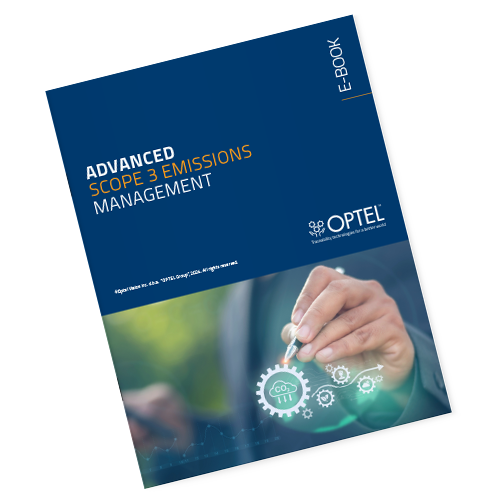Developing a scope 3 strategy
The importance of measuring scope 3 emissions is increasingly understood, but many challenges are involved in accomplishing this. Measuring and reducing scope 3 emissions implies understanding activities across the entire business, from suppliers to end users. A lack of accurate data and standardized methodology adds to the challenge. Traceability can provide the understanding to meet this challenge by giving companies the tools and technology to gain visibility over their entire supply chains.
Begin your scope 3 strategy by understanding your business’s environmental impact and what you would like to measure. Ideally, when making these assessments, you should focus first on the categories that have the largest impact on your organization’s total GHG inventory and are the easiest to reach. You may notice that although some scope 3 categories are relevant, they may lack readily available data to use in estimating emissions. This is OK for now; over time, you’ll be able to expand your reported categories and identify opportunities to improve practices, reduce risk and discover competitive advantages.
Once you’ve established your top categories, you’ll then move on to measuring and managing their emissions. To do so, you may want to refer to the GHGP Calculation Guide. Scope 3 requires working closely with suppliers and customers, as they influence how emissions are reduced through their own purchasing decisions, and product design. Leverage partnerships within your supply chain to ensure your project’s success.





